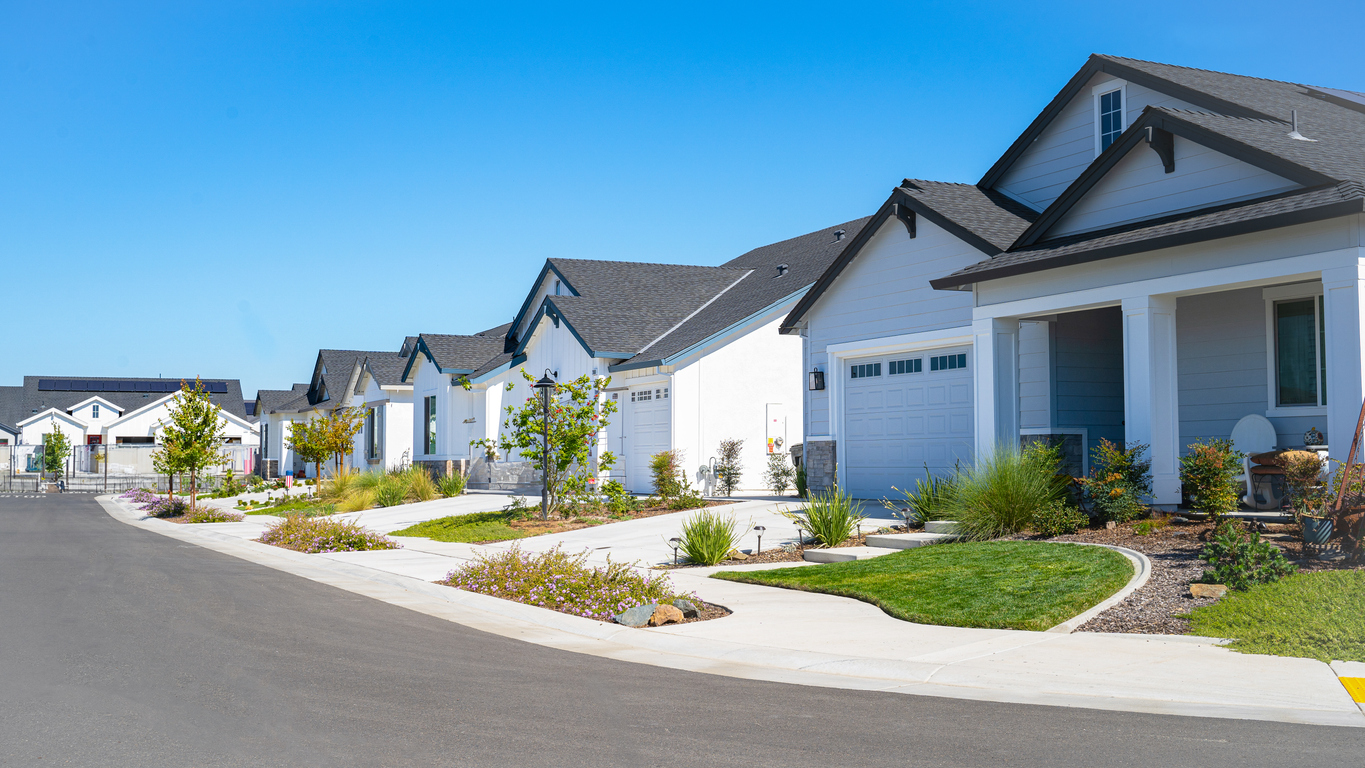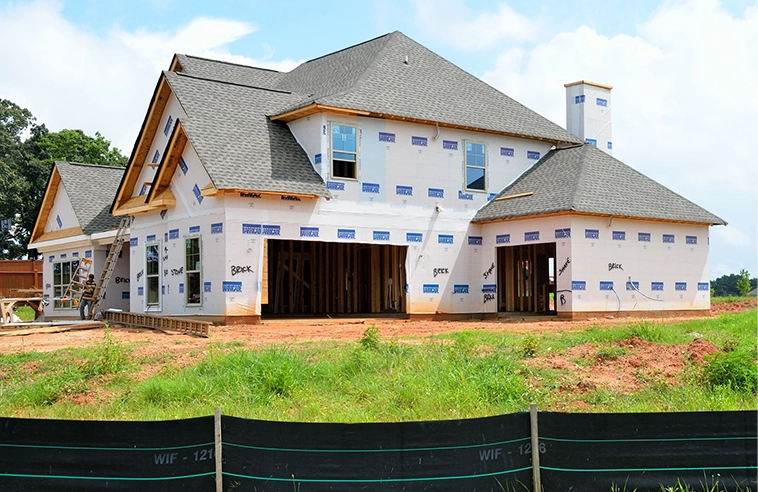Lumber’s Lofty Prices Keep Soaring Skyward
If you work in the construction industry, you know all too well that lumber has dramatically increased in price during the pandemic. You’ve likely had to pass higher prices onto your customers. We hope this article is helpful for you to share with your customers to explain the situation to them.
How high are lumber prices?
Since the pandemic began, lumber prices have more than tripled, to an all-time high of $1,459 per thousand board feet in May.[1] According to an analysis by the National Association of Home Builders (NAHB), this increase in the cost of lumber means the cost of an average new single-family home has increased by $35,872. It also has an impact on the rental market. The market value of an average new apartment has increased by $13,000 — which means households are paying an additional $119 per month to rent a new apartment.[2]
You can see the current price here: NasdaqBear in mind it’s not only lumber that’s been increasing in price, though. The costs of other goods and services used in construction have also seen significant price increases over the past year.[3] Steel, concrete, and gypsum products have had record-breaking price increases.[4]
“Ultimately, price surges and supply constraints will increasingly price prospective buyers out of the market. Moreover, the issue is disproportionately harming middle- and low-income households.”[5]
The image below is from NAHB’s LinkedIn feed. Note the difference in price between February and May for the same lumber order.

Why is the price of lumber so high right now?
As with most stories involving economics, there are multiple causes of both increased demand and decreased supply that have led to higher prices.
During the pandemic, many homeowners were spending more time at home and decided that it was good time to tackle that Do-It-Yourself project they’d been putting off. They hit their local home improvement store and bought up all the available inventory.[6]
At the same time, record low interest rates encouraged home buying, decreasing the available inventory of homes on the market.
“According to realtor.com, the number of homes for sale has fallen over 50% since the onset of the pandemic.”[7]
Fewer homes on the market meant more buyers were attracted to new construction — which typically requires lots of lumber. According to Fortune, in March, new housing starts hit their highest levels since 2006.
“Of course, new homes require a lot of lumber, thus exacerbating the shortage.”[8]
Simultaneous with this increased demand for lumber, sawmills reduced or shut down production for various lengths of time because of COVID restrictions. Although production at sawmills has now increased, it’s not enough to keep up with the burgeoning demand.[9]
Read more about the number of housing starts here: Booms in US and Canadian Housing: One Tentative, the Other Boisterous
What can be done about high lumber prices?
At the end of April 2021, Fortune reported that lumber production was finally rebounding:
“Wood production hit a 13-year high. But that can only do so much. Limited mill capacity combined with labor shortages, mean supply can’t catch up to robust demand.”[10]
Housing starts also declined in April from the high in March.[11] Some potential new homeowners have been priced out of the market for the time being.[12] Reduced demand for lumber may contribute to reducing prices over time.
Organizations like the NAHB are arguing for lifting the tariffs on Canadian lumber:
“The tariffs on Canadian softwood lumber are acting as a tax on American home builders and home buyers, making housing less affordable for American families… These tariffs on Canadian imports are particularly acute when lumber prices overall are high, which they have been for several months, beginning in 2020.”[13]
However, the ongoing lumber trade dispute between the United States and Canada doesn’t appear to be close to resolution any time soon. In fact, there’s even been a recent move to double lumber tariffs.
NAHB also supports boosting domestic production, reducing lumber exports, and seeking new markets for lumber to reduce the United States’ dependence on Canadian lumber.[14]
The bad news is that any solution to the high prices of lumber will take time to have an effect on builders’ expenses, and thus on costs for homeowners and renters. In the meantime, builders may turn to architects, designers, and engineers to come up with building solutions that require less lumber.[15]
[1] Fortune, May 12th, 2021: https://fortune.com/2021/05/12/lumber-prices-cost-shortage-covid-housing-market-construction-costs-mortgage-rates/[2] NAHB News, April 28th, 2021: https://www.nahb.org/news-and-economics/industry-news/press-releases/2021/04/skyrocketing-lumber-prices-add-nearly-36000-to-new-home-prices[3] AGC News, May 13th, 2021: https://www.agc.org/news/2021/05/13/proliferating-materials-price-increases-and-supply-chain-disruptions-squeeze-0[4] NAHB Now, May 14th, 2021: https://nahbnow.com/2021/05/record-high-prices-on-all-building-materials-threaten-housing-affordability/[5] NAHB Now, May 14th, 2021. [6]Fortune, May 12th, 2021. [7]Fortune, May 12th, 2021. [8]Fortune, May 12th, 2021. [9]Fortune, May 12th, 2021. [10]Fortune, April 27th, 2021: https://fortune.com/2021/04/27/lumber-prices-are-up-232-and-it-could-spiral-out-of-control-in-the-next-few-months/[11]Builder, 18th May, 2021: https://www.builderonline.com/data-analysis/material-and-labor-issues-slow-housing-starts-in-april_o[12] NAHB Now, May 18th, 2021: https://nahbnow.com/2021/05/construction-cools-as-costs-climb/?_ga=2.87576728.187356570.1621443946-165500776.1620065315[13] NAHB Advocacy: https://www.nahb.org/advocacy/top-priorities/material-costs/canadian-softwood-lumber[14] NAHB Advocacy. [15] Energy.gov: https://www.energy.gov/energysaver/energy-efficient-home-design/advanced-house-framing




